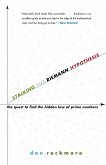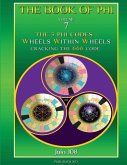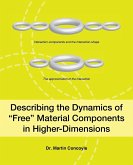This book is about a fundamental re-organization of language which is used, in regard to describing the stable many-(but-few)-body spectral-orbital systems, from nuclei to planetary systems, which, now, have no valid descriptions, based on, what are called, the laws of physics. The current description, based on partial differential equations, results in: non-linear, non-commutative, and an improperly identified and improperly used random basis for physical description. The result is that the properties of stability, which are observed for these systems, have not been describable in such a context. On the other hand, the already identified math patterns of geometrization, along with E Noether's symmetries, which allow the stable set of discrete hyperbolic shapes to be identified with energy-spaces, as well as the many-dimensional structure in which these stable shapes (of any size) are defined, as identified by D Coxeter, are patterns which can be used to form a new context for physical description. This is what this book is about, forming such a new context, wherein, the stable many-(but-few)-body spectral system is formulated and accurately described, ie it is solved. In such a new context, partial differential equations come to play a subordinate role to stable shapes and their relation to defining a finite stable spectral-set, which is a property of the, new, many-dimensional containment-set, a property which determines which stable patterns can exist. But there are many social forces which oppose such a discussion. These opposing social forces are also discussed.t








